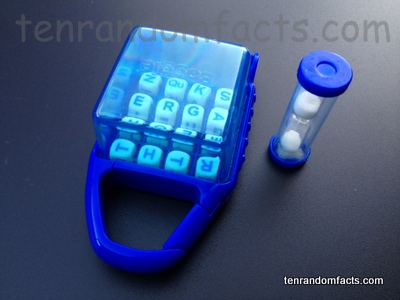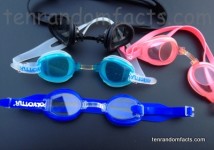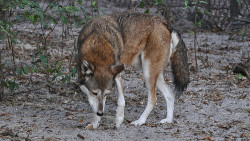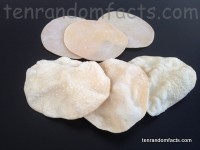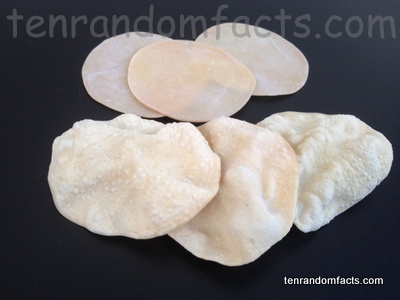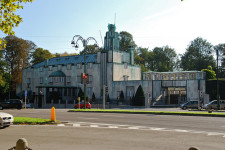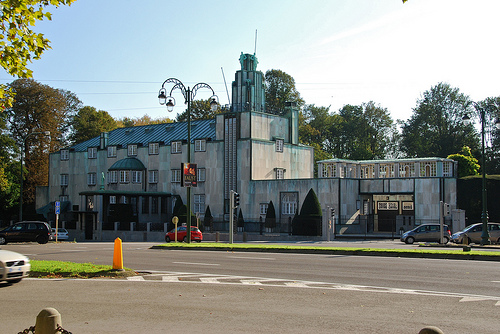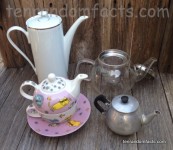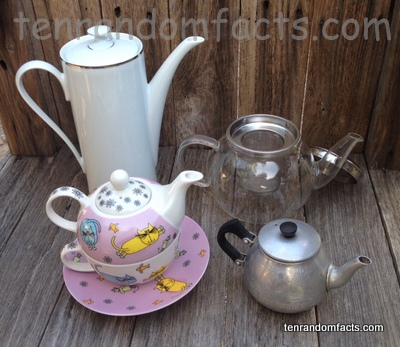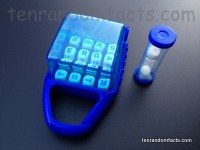
Boggle your mind with this wordy game!
- Boggle is a game involving the creation of as many words as possible from special dice in a specified time limit, and involves two players or more.
- Boggle generally features sixteen cubes or dice that have a single letter on each face, with the exception of ‘Q’, which is combined with the letter ‘U’ as ‘Qu’; as well as a container and lid, designed to hold the dice in place.
- The typical aim of Boggle is to find words within the letter arrangements that sit next to each other on the dice, which are randomised each round by shaking the container.
- Each Boggle player writes the words they find on their own piece of paper, and they are read aloud when time is up, which is usually three minutes on the timer.
- Points are scored in Boggle according to the word length – generally those three to four letters in length score one point, with words eight or more letters in length scoring eleven points, while words found by multiple players are generally considered null and have a point value of zero.
- The longest possible words that can be made in a standard Boggle setup are ‘inconsequentially’, ‘sesquicentennials’ and ‘quadricentennials’.
- A Boggle set’s letter dice may vary depending on the version, with some using a greater amount of less frequently used letters rather than common ones, or more challengingly arranged letters.
- Boggle was invented by American Allan Turoff and it was originally published in 1972 as part of a three game pack by Parker Brothers, however it was later sold individually due to its increasing popularity, even though the game was initially turned down.
- A number of variations of Boggle exist, with some having more or less cubes; others feature an electronic timer; and yet others are designed for younger children, or are compact for travelling purposes.
- Due to the simple computer programming required, there are many electronic versions of Boggle, including servers that host the game online.
Bibliography:
Boggle, 2015, Wikipedia, https://en.wikipedia.org/wiki/Boggle
Murphey M, Toy Designer’s Creations Boggle the Mind, 1978, The Milwaukee Sentinel, https://news.google.com/newspapers?nid=1368&dat=19781209&id=sYRQAAAAIBAJ&sjid=-RIEAAAAIBAJ&pg=5118,2546867&hl=en
What is Boggle?, 2015, WiseGEEK, http://www.wisegeek.com/what-is-boggle.htm




